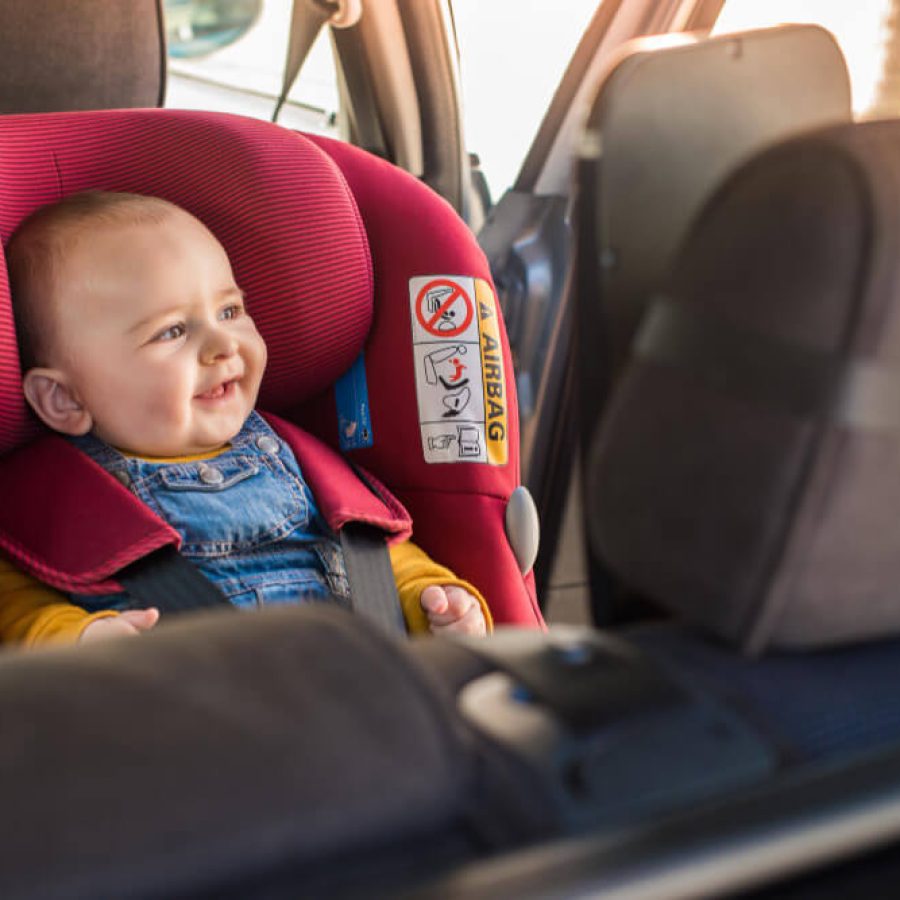Welcoming your Little One is a journey filled with excitement, and it starts the moment you bring your baby home.
Before that precious ride from the hospital, though, comes an important decision: choosing the right infant car seat. If you’re feeling overwhelmed, like many first-time parents, know that this is completely natural.
We’re here to walk alongside you, offering thoughtful guidance so you can make an informed choice with confidence.
Why Rear-Facing Infant Car Seats Matter Most
Child safety is always the parents’ number one priority, and when it comes to car seats, the direction your baby faces is critical.
Rear-facing seats offer superior protection for your baby’s developing neck and spine in the event of a crash. This position distributes the force of an impact across the seat’s shell, minimizing stress on your Little One’s fragile head and neck.
You’ll find that experts recommend keeping your baby rear-facing for as long as possible—at least until they reach the maximum height or weight limit set by the car seat manufacturer.
This often means staying rear-facing well past your child’s first birthday, offering the best possible protection during their earliest, most vulnerable years.
Key Features to Look for in a Safe Seat
As you browse models, notice these two key features that ensure a snug, proper fit for your child’s growth and development:
The 5-Point Harness
This system has two straps over the shoulders, two across the hips, and one between the legs. For a safe fit, the shoulder straps must be positioned at or below your baby’s shoulders.
The chest clip should always rest firmly at armpit level—never on the belly—to keep the shoulder straps properly positioned.
Proper Sizing
Before buying, check the manufacturer’s height and weight ranges. The seat must accommodate your baby now and offer room for growth as they develop. Also, ensure the car seat base fits securely and levelly in your specific vehicle.
Installation is Everything: Securing the Base
A car seat can only protect your newborn/infant if it is installed correctly.
This is one area where expertise is key. You will typically use one of two methods: the LATCH system (Lower Anchors and Tethers for Children) or the vehicle’s seat belt.
A crucial rule: never use both at the same time unless the car seat manual specifically permits it.
Whichever method you choose, the base should not move more than one inch side-to-side or front-to-back at the belt path.
For peace of mind, a practical suggestion is to seek a certified Child Passenger Safety Technician (CPST). They can inspect your installation and show you exactly how to do it right, building incredible confidence in your setup.
Portable vs. Convertible Options
As a first-time parent, you will see two main types of seats.
Infant-only seats are generally lightweight and come with a carrier that clicks in and out of a separate base—this is great for quick trips in and out of cars, especially when you’re preparing for first outings, like When Can a Newborn Go To The Beach?
Convertible seats, on the other hand, are designed to stay installed in the car. They are larger, but they “convert” from a rear-facing position to a forward-facing position as your child grows, often providing extended rear-facing capability and potentially saving you from purchasing a new seat sooner.
Think about your family’s routine: do you value portability or long-term flexibility?
Choosing a Reliable Brand and Model
A seat with strong crash-test ratings and user-friendly features will give you confidence every time you buckle in.
Explore trusted review sites like BabyGearLab or Consumer Reports for insights into top-performing models that fit your budget and lifestyle.
Budget vs. Safety: The Danger of Used Seats
Here’s some reassuring news: every car seat on the market must meet the National Highway Traffic Safety Administration (NHTSA) minimum safety standards. That means even mid-range options can provide excellent protection.
What’s most important is avoiding expired or secondhand seats, which may no longer meet safety requirements.
Confidence Starts with Preparation
Choosing an infant car seat for your Little One is a big step, but by focusing on proper installation, the rear-facing position, and a snug harness fit, you’re prioritizing your baby’s safety above all else.
Take your time, test options in your car, and don’t hesitate to seek professional installation help.
You’ve got this! Now that you’ve secured the travel essentials, you might be curious about another common challenge for new parents.
Learn more about how to navigate those early emotional milestones by reading our guide on Separation Anxiety in Infants.


